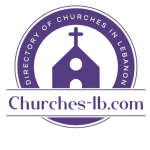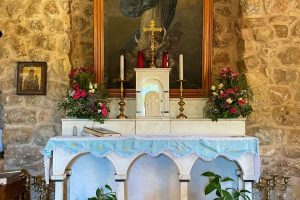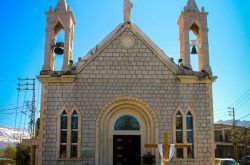Overview
Map
Other Details
كنيسة سيّدة الإنتقال
Deir Tahniche
West Bekaa
Bekaa
كنيسة سيّدة الإنتقال - دير طحنيش بنى الموارنة الكنيسة مع قدومهم إلى البلدة سنة ١٧٠٥، وهي أقدم كنيسة مارونيّة في البقاع الغربيّ. الكنيسة صغيرة كناية عن سوقٍ واحد مسقوفة. سقف الكنيسة بغداديّ. تحوي الكنيسة على لوحةٍ للسيّدة منقولة عن موريللو تعود لأربعينات القرن العشرين. مع بداية القرن الحاليّ رُمّمت الكنيسة ورُسم على السقف لوحات تجريديّة. The church of Our Lady of Assumption - Deir Tahnish The maronites built the church in 1705 when they came to the village. It is the oldest maronite church in the West Bekaa region. The structure consists of a small single roofed nave. The church holds a painting copied from Murillo’s Immaculate conception dating back to the forties. The church was renovated in the last decade and the roof was decorated with abstract frescoes.
Visited 6134 times, 2 Visits today






















Reviews are disabled, but trackbacks and pingbacks are open.